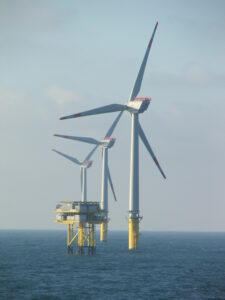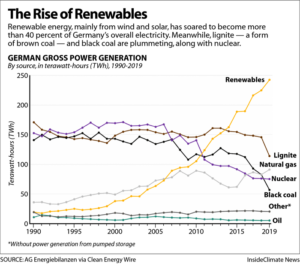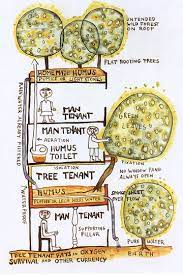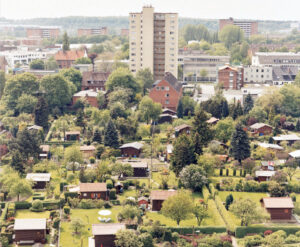I was really struck by the idea of reforestation in Germany. Taking into account the small geographic size of the country and large relative population, it only makes sense that the natural resources such as forests were eventually depleted with heavy industrial use. While American’s have similarly historically relied heavily on lumber, the massive size of the country has given an opportunity to be ignorant to the loss of woods as there always seemed to be more out there.
![[46+] Black Forest Germany Wallpaper on WallpaperSafari](https://cdn.wallpapersafari.com/12/24/IMYGes.jpg)
The German Black Forest.

Front cover of Sylvicultura Oeconomica.
This concept of reforestation gained traction in Germany as the ramifications of limited lumber supply ran through all aspects of what we now know as the pillars of sustainability – economic, environmental, and social/cultural well-being and security (Purvis et al.). With such a strong early emphasis on fast and predictable tree regrowth, however, many forests were replanted with single-variety crops and would eventually suffer biodiversity costs, such as vulnerability to disease and poor lumber quality (Popkin). With an increased need for countries to be resilient towards the effects of climate change, as well as mitigate further escalations of change, there is pressure within Germany in the current day to redevelop forest management strategies that both bring back damaged forests and ensrue that its done in a way to ensure that diverse forests can be ecosystems and not simply mono-crops for future harvestation (Popkin).
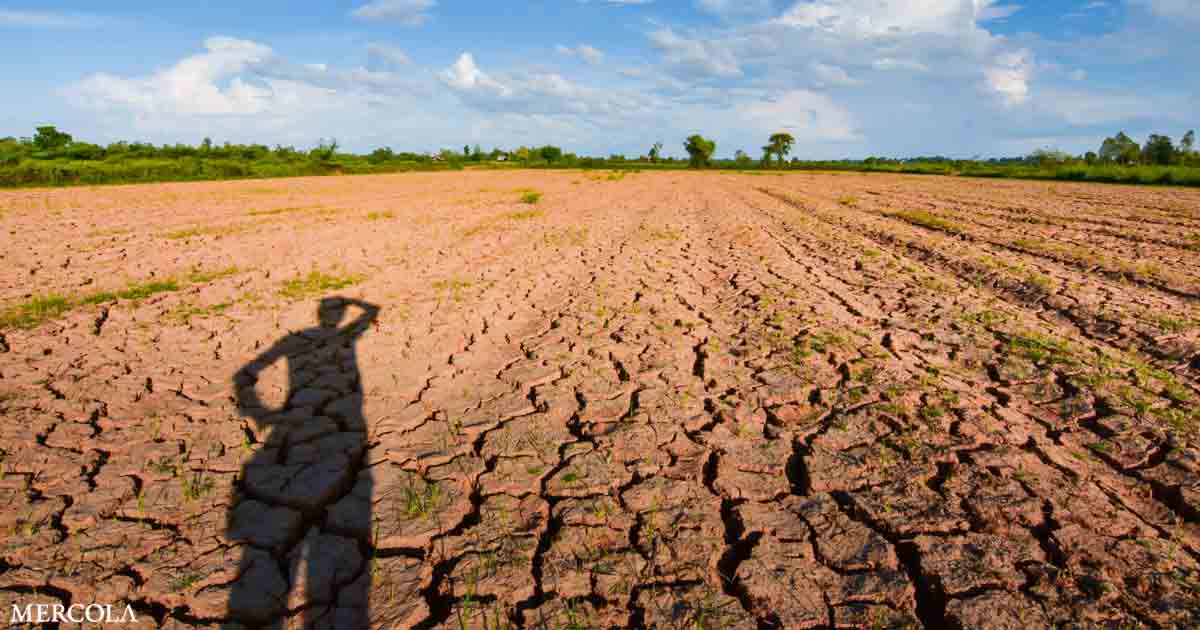
Dried out farm soil in the U.S..
While the U.S. has a very different landscape geography as comared to Germany, especially considering the large size of the country and diversity in region, this principle of looking out for the future in terms of resource conservation is certainly prominent in the U.S. With states facing widespread droughts due to both climate change and overharvestation of groundwater, fires wiping out entire forests, winter chills freezing pipe systems, and floods damaging crops and infrastructure, most communities face a challenge in terms of finding solutions to be more resilient, wether or not they admit that they are ‘climate change’ impacts. While the U.S. doesn’t have as big of a history of ‘scientific reforesting’ like Germany, there is a large practice of mono-crop farming in the food industry that has been devestating the environment and food system in terms of lack of biodiversity and resilience towards disease, the same concerns as the German forests (Popkin). The same principle of needing to plant diverse crops and not clear-cut crops remains true in both Germany and the U.S.. Practices like crop rotation and retilling fields with old plant matter still on them (not clear-cut) has shown significant environmental benefits and can certainly be more widespread in the U.S.. The difficulty lies in the massive food system monopoly and companies wanting fast, cheap, and consistent crops no matter the cost. Until companies are ready to wait a bit longer for their crops and rotate their seeds, sustainability efforts will go largely unheard.
Sources:
Forstwirtschaft in Deutschland. “Historical Development – German Forestry – 300 Yrs of Sustainability Campaign.” Www.forstwirtschaft-In-Deutschland.de, www.forstwirtschaft-in-deutschland.de/en/discover-our-forests/historical-development/. Accessed 10 May 2023.
Popkin, Gabriel. “Germany’s Trees Are Dying. A Fierce Debate Has Broken out over How to Respond.” Www.science.org, 2 Dec. 2021, www.science.org/content/article/germany-s-trees-are-dying-fierce-debate-has-broken-out-over-how-respond.
Purvis, Ben, et al. “Three Pillars of Sustainability: In Search of Conceptual Origins.” Sustainability Science, vol. 14, no. 3, 3 Sept. 2019, pp. 681–695. springer, link.springer.com/article/10.1007/s11625-018-0627-5, https://doi.org/10.1007/s11625-018-0627-5.
Wallpaper Safari. Black Forest Germany Wallpaper, 2018, wallpapersafari.com/black-forest-germany-wallpaper/. Accessed 5 May 2023.
Wikipedia Contributors. “Hans Carl von Carlowitz.” Wikipedia, Wikimedia Foundation, 29 Oct. 2017, en.wikipedia.org/wiki/Hans_Carl_von_Carlowitz. Accessed 24 Nov. 2019.
articles.mercola.com/sites/articles/archive/2019/09/03/farm-subsidies-could-lead-to-another-dust-bowl.aspx.

